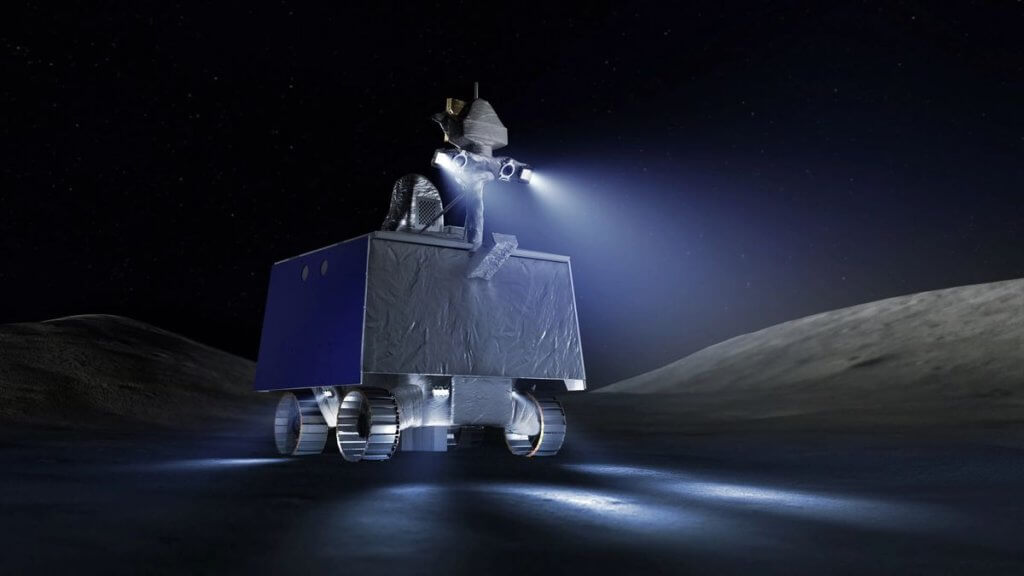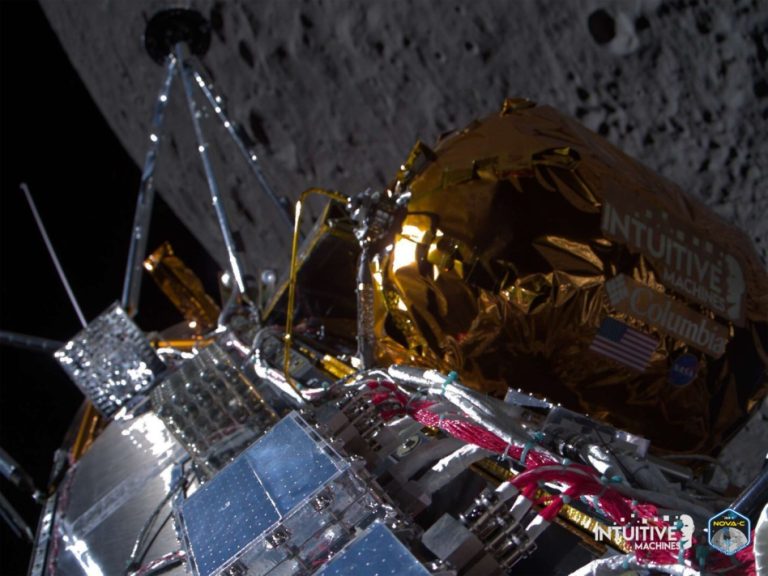
NASA’s ice-hunting VIPER moon rover getting ready to slither to the launch pad (Image Credit: Space.com)
NASA’s next moon rover is one step closer to starting its lunar mission.
The rolling robot, known as VIPER (“Volatiles Investigating Polar Exploration Rover”), is set to launch toward the moon later this year. And it just notched a milestone along that path.
“All of VIPER’s flight instruments are installed, and the rover is more than 80% built!” VIPER Project Manager Dan Andrews wrote in a NASA blog post on Wednesday (Feb. 28). “This is a major accomplishment and shows the great progress being made by the dedicated VIPER team, who are excited to see the rover coming together.”
Related: How NASA’s VIPER rover could revolutionize moon exploration with AI mission
VIPER will land near the lunar south pole and search for water ice and other resources that could help support NASA’s future Artemis astronauts. Those moon explorers will include the first woman and the first person of color to set foot on the lunar surface; they’ll do so on the Artemis 3 mission, which is currently targeted for 2026.
VIPER will spend 100 days roaming the lunar south pole region, collecting data that will reveal where water ice is most likely to dwell and determining how easy these resources will be to access.
In the process, VIPER will become the first-ever resource mapping mission on another body in the solar system. These resource maps will be a vital step in establishing a long-term human presence on the moon.
Moon-orbiting satellite missions have collected data regarding water on the moon before, but VIPER will get “up close and personal” with the lunar surface, scanning with its scientific tools and investigating soil at varying depths with its 3.3-foot (1 meter) drill. Some of the regions VIPER will explore are permanently shadowed craters that are some of the coldest places in the solar system. It is believed that the bottoms of these craters harbor ice that has been undisturbed for billions of years.
As it conducts its mission, VIPER will be exposed to the extreme environment of the moon and the incredibly cold temperatures of these permanently shadowed areas while having to overcome complex terrain.
Testing of VIPER’s systems is a crucial stage for the mission. Andrews explained that, as the team assembles and installs various subsystems onto the rover, they perform “channelization” tests. These trials enable the team to confirm that pieces and parts like cable harnesses and connectors between systems are working.
“Now, you might think, ‘Of course what we installed should work!’ But it’s important to remember how complicated these space systems, and planetary rover systems in particular, are,” Andrews said. “Sometimes we will perform even more complex tests, like sending a command to the Near Infrared Volatile Spectrometer Subsystem (NIRVSS) instrument to take an image: Is the image taken successful? Is the field of view of the image correct? Did the image make its way into the rover’s avionics for downlink?”
This “test as we go” approach ensures that the NASA team doesn’t discover issues that could impact VIPER later in its development or, even worse, when it is unreachable on the lunar surface.
“So we test as we go to decrease risk later when we’re performing whole-rover environmental tests. This way, if the rover doesn’t work as expected after one of VIPER’s environmental tests, we know it once worked fine, and that can help us more quickly problem-solve what might have gone wrong,” Andrews concluded. “The pace in which we’ve been working through the build and subsystem checkouts has been blistering lately, and we’ve had a good run of successes.
“Go VIPER!”








